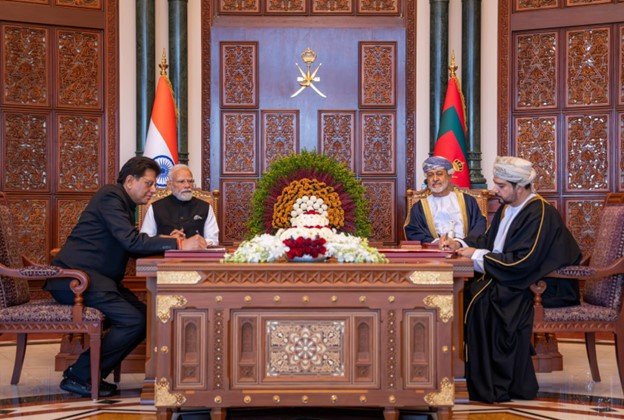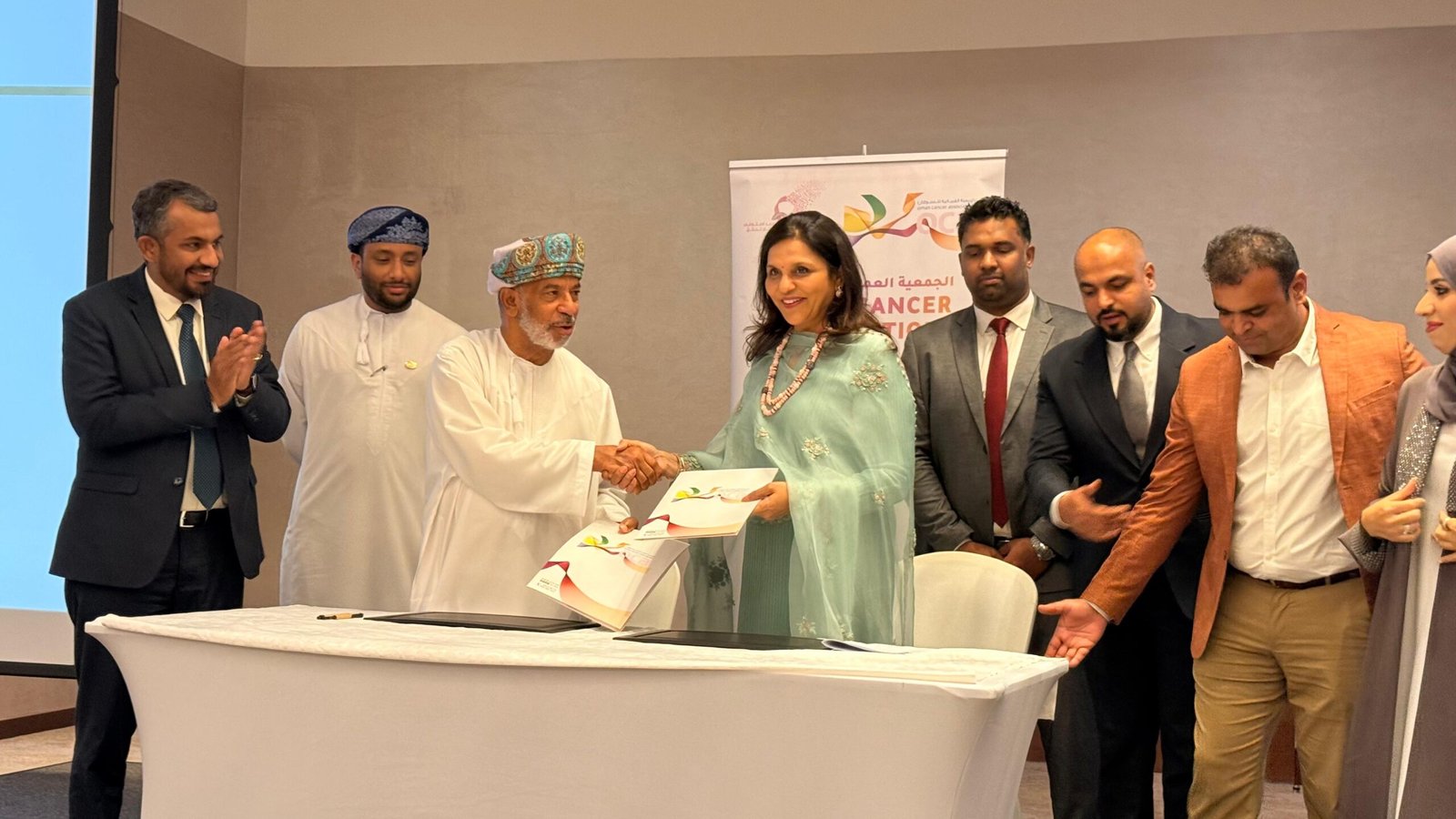Before the launch, experts eagerly shared key insights into this groundbreaking expedition and outlined the mission’s trajectory post-liftoff. Once Aditya-L1 takes to the skies, it embarks on a four-month odyssey to reach its designated “parking spot” near the Sun, covering a vast distance of 1.5 million kilometers from Earth
In a historic moment that unfolded on Saturday morning, India’s Aditya-L1 embarked on its journey towards the Sun. This remarkable mission has set its sights on studying the most significant celestial body in our solar system and, in particular, delving into the mysteries of the Sun’s innermost region, the Corona.
While the Chandrayaan-3 lander and rover continue their data-gathering mission on the lunar surface, the Indian Space Research Organisation (ISRO) achieved a successful launch of Aditya L1 on Saturday. The ISRO sent an observatory on a mission to study the Sun from a remarkable distance of 1.5 million kilometers. This milestone was accomplished with the PSLV, which handled one of its heaviest configurations and required approximately 63 minutes to establish the observatory in a precise elliptical orbit measuring about 235 kilometers by 19,500 kilometers.
Before the launch, experts eagerly shared key insights into this groundbreaking expedition and outlined the mission’s trajectory post-liftoff. Once Aditya-L1 takes to the skies, it embarks on a four-month odyssey to reach its designated “parking spot” near the Sun, covering a vast distance of 1.5 million kilometers from Earth.
The primary objectives of this mission encompass the following critical areas of solar research:
Physics of Solar Corona and Heating Mechanism: Aditya-L1 aims to unlock the secrets behind the Solar Corona’s physics and the mechanisms responsible for its heating.
Solar Wind Acceleration: Understanding the acceleration of solar wind, a stream of charged particles emanating from the Sun, is a key component of the mission’s scientific goals.
Coupling and Dynamics of the Solar Atmosphere: The mission seeks to explore the intricate interactions and dynamics within the solar atmosphere.
Solar Wind Distribution and Temperature Anisotropy: Aditya-L1 endeavors to analyze the distribution of solar wind and temperature variations within it.
Origin of Coronal Mass Ejections (CME) and Flares: The mission aims to shed light on the origins of Coronal Mass Ejections and solar flares, which can have significant impacts on space weather.
Near-Earth Space Weather: Aditya-L1’s findings will contribute to a better understanding of space weather near Earth, potentially improving our ability to predict and mitigate space-related hazards.
The Aditya-L1 mission stands poised to revolutionize our understanding of the Sun’s intricacies and its profound influence on Earth and the space that surrounds us.
This mission holds great promise for advancing our comprehension of the Sun’s behavior and its interactions with Earth and the surrounding space environment. Annapurni Subramaniam, the director of the Indian Institute of Astrophysics, highlighted the inclusion of a crucial instrument, the Visible Line Emission Coronagraph (VELC), on board the launch vehicle carrying Aditya-L1. She emphasized that this instrument would provide an uninterrupted and unobstructed view of the Sun, akin to observing it during an eclipse, making it the first mission to closely examine the innermost region of the Sun, the Corona.
To facilitate continuous solar observation without interruptions or obstructions, the spacecraft will be positioned in a halo orbit around Lagrange point 1 (L1) within the Sun-Earth system.
The launch vehicle is equipped with seven distinct payloads, each with its specialized purpose. Four of these payloads are designed to observe the Sun’s light, while the remaining three will measure in-situ parameters related to plasma and magnetic fields, providing comprehensive insights into the Sun’s dynamic behavior.
The Aditya-L1 mission stands poised to revolutionize our understanding of the Sun’s intricacies and its profound influence on Earth and the space that surrounds us.
*****************************************************
Readers
These are extraordinary times. All of us have to rely on high-impact, trustworthy journalism. And this is especially true of the Indian Diaspora. Members of the Indian community overseas cannot be fed with inaccurate news.
Pravasi Samwad is a venture that has no shareholders. It is the result of an impassioned initiative of a handful of Indian journalists spread around the world. We have taken the small step forward with the pledge to provide news with accuracy, free from political and commercial influence. Our aim is to keep you, our readers, informed about developments at ‘home’ and across the world that affect you.
Please help us to keep our journalism independent and free.
In these difficult times, to run a news website requires finances. While every contribution, big or small, will makes a difference, we request our readers to put us in touch with advertisers worldwide. It will be a great help.
For more information: pravasisamwad00@gmail.com











